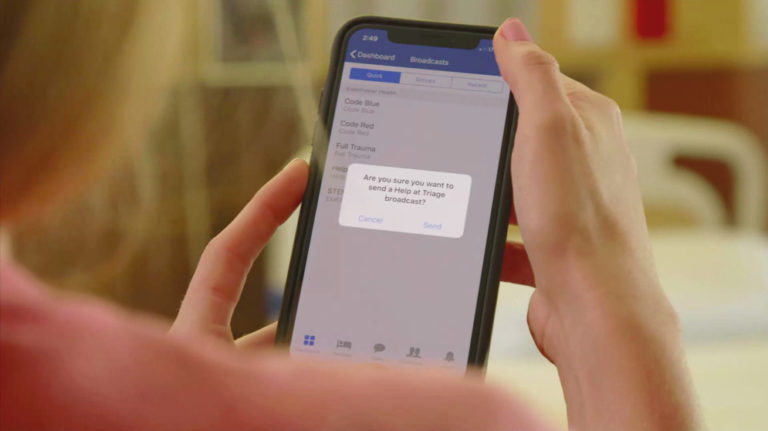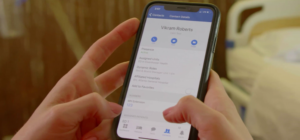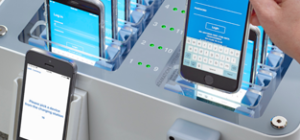In the decade that I’ve worked in healthcare technology, I’ve noticed that many healthcare organizations struggle to integrate disparate clinical systems into a single experience for a busy end user. Our team at Mobile Heartbeat has worked hard to produce our Inbound Alerting API, which provides a solution to maximize existing, legacy technology investments by integrating them with a mobile platform—giving clinicians the information they need on the go.
The Inbound Alerting API provides a highly flexible method for many other partner systems, such as nurse call, paging or even a patient monitoring system to send messages to users of MH-CURE. By allowing virtually any certified third-party vendor to route messages to the same endpoint, users are able to receive all inbound communications into a unified experience, on a single app on a single device, no matter their role, department or facility.
How Does the Inbound Alerting API Work?
Put simply, our Inbound Alerting API uses Wireless Communications Transfer Protocol (WCTP) to consume messages and alerts from other systems in the hospital. When a partner system sends an alert or message, our API routes that communication to the appropriate user or users, and can even prompt them for a preset response.
To use a common example, perhaps an organization has leveraged our Inbound Alerting API to integrate their nurse call solution. When a patient requests water, the nurse call system will push the alert to MH-CURE, and through MH-CURE, the user can be alerted via a custom sound, see the alert on their smartphone screen, and tap one of the responses that were preset by the organization—in this case, the responses could be “Accept” and “Escalate.” If the user chooses to escalate, the alert will be routed to the next available user in the workflow. The user could even choose to call back to the patient bedside and talk to the patient using our integrated VoIP solution.
How Do We Configure the API?
Because of the wide variety of alerting systems in a healthcare organization, it’s important to be thoughtful and thorough when configuring this API. We work very closely with our integration partners to ensure a high-quality, reliable integration.
Our team also works very closely with the customer to identify the exact workflows they’d like to achieve with the integration. Some of the information we’ll need to distinguish includes:
- Recipient users: group by role, unit, care team, facility and more.
- Custom sounds: the alert sounds can be set by the partner or the customer—and may change based on the specific content or priority.
- Responses: configure responses that are appropriate for the specific alert, whether it needs to be an escalation, an embedded phone number, a link to the third-party system’s mobile app or more.
- Custom priority: allow users to quickly and easily identify how urgent the alert is.
While many of these decisions need to be made by the customer’s team, Mobile Heartbeat implementation specialists and solutions engineers are always happy to consult and provide guidance around optimizing workflows.
Other configuration options that we’ll discuss with you include the end-user experience (for example, what an alert might say), security considerations and reporting needs—all to make sure users and administrators have the best possible experience.
How Can We Use the API in Our Facility?
The Inbound Alerting API was built to fill any gap your organization may have, so you can use it with any system that sends alerts through WCTP. We’ve even had customers build their own solutions from scratch that leverage WCTP—and we’re happy to offer guidance and best practices for that as well. Here are some of the most impactful integrations we’ve facilitated:
- Nurse call: When a patient uses their call bell, the alert goes directly to the correct nurse’s phone, minimizing ambient noise and improving voice response times.
- Telemetry: Customize alert by criticality to keep the entire care team up to date on the patient’s care.
- Stroke Monitoring: Receive critical imaging alerts instantaneously to speed up time-critical decisions and return time to care.
- Paging: Rather than carrying around several devices to stay on top of things, physicians can receive pages (and the rest of their communications) directly to MH-CURE.
- Sepsis screening: Similar to the telemetry integration, when a patient shows early signs of sepsis, their care team can be instantly notified with a custom alert.
If the Inbound Alerting API is something that could benefit workflows at your organization, there’s a simple way to get started. Contact your project manager to learn how this technology can remove the common barriers to high-quality patient care.





